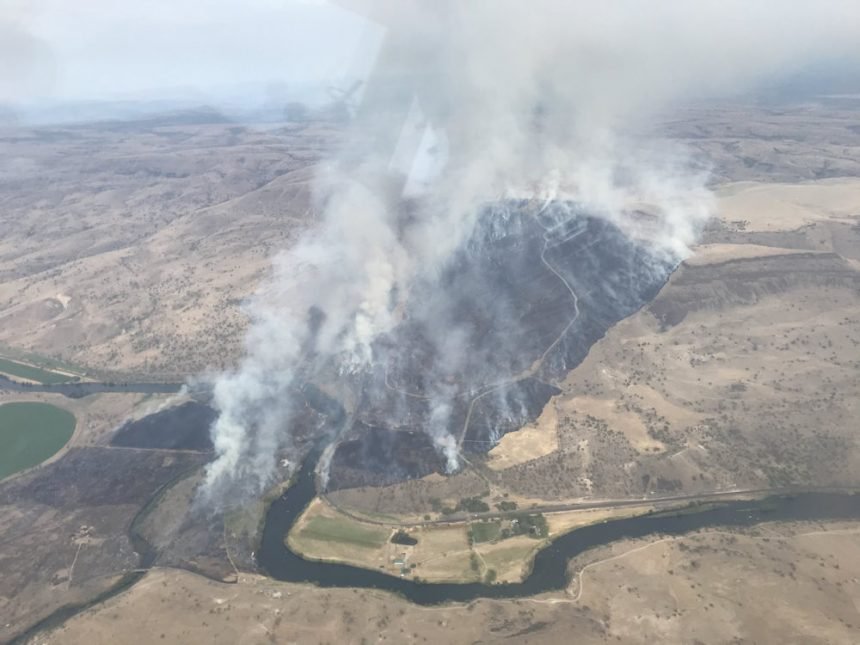
We’re finding that people don’t actually wish harm on these snakes, they simply want to know where they are and how they behave so that they can avoid them and go about their business.

‘So, our project in Karnataka is life-saving for all concerned, giving rural communities the knowledge and tools they need to live safely alongside these reptiles. If they lose their life or even a limb and cannot farm, it can mean their children are taken out of school and put to work, or families simply spiral into debt. The astonishing number of human deaths and life-changing injuries also has an enormous socio-economic impact because those most likely to be bitten are the main income earners in agricultural areas who are out working the land. But the truth is there are many more lethal incidents involving snakes and people in India than any other creature, and snake persecution is extremely common, with thousands of snakes a year stoned to death or beaten with sticks and left to slowly die. Sumanth Bindumadhav, wildlife campaign manager for HSI/India, said: ‘As snakes are often considered less charismatic than elephants and tigers, they receive relatively little attention in India, and citizens are generally not educated in snake safety. Conflict with these mega-fauna account for around 1,000 deaths a year.

Human-snake conflict in India is far more significant than conflict with any other wild species in terms of loss of life, and yet rarely receives the attention that conflict with tigers, leopards, elephants or crocodiles does.

The viper is the species responsible for the most snake bites in India. Poisons are also laid in some urbanisations to keep down the feral cat population.Vipers are responsible for the most snake bites in India.Īnimal protection group Humane Society International/India and conservation initiative The Liana Trust are working together to help agricultural communities live in harmony with the Russell’s viper, among other venomous and non-venomous snakes with whom they share their rural landscape. meat laced with strychnine) is laid in some areas by hunters and poachers to control natural predators such as foxes, wolves and lynx. Take extra care when walking your dog, as some have died after eating poisoned food in rural areas. Scorpions are common in Spain and all domestic animals can be stung if too curious. The same creatures can be very harmful to humans if touched. The symptoms include nose bleeds, fur loss, loss of appetite and weight loss.ĭogs are also particularly at risk from the Pine Processionary Caterpillar that is found mainly in woodlands.ĭogs can sniff or lick the caterpillars and their tiny hairs can cause irritation. The flies are most active at dusk and dawn. You can purchase a special collar that repels the flies. This awful disease can be transmitted between dogs but can easily be prevented. One major problem are Sand Flies which can affect dogs and cause Canine Leishmaniasis.

There are few creatures in Spain that could harm your pets. Hazards for pets in SpainĪpart from the often intense heat, to which your pet may not be accustomed, there are things that you should bear in mind. Spot-off treatments can be carried out monthly and these are available at vets. Ticks and fleas are seasonal and vary depending on the area. The vet records the dose in the dogs health record. These are the standard vaccinations prepared and given by a vet. and some kennels request that a dog be vaccinated for kennel cough (Bordetella Bronchiseptica).Other vaccinations are not obligatory, but are strongly recommended are against: VaccinationsĪll dogs should be given the rabies vaccination and annual rabies booster injections. If you are intending to bring your pets to Spain, there are a number of diseases and dangers for pets in Spain that aren’t found in most other European countries that you should consult with your Vet about vaccinations.


 0 kommentar(er)
0 kommentar(er)
